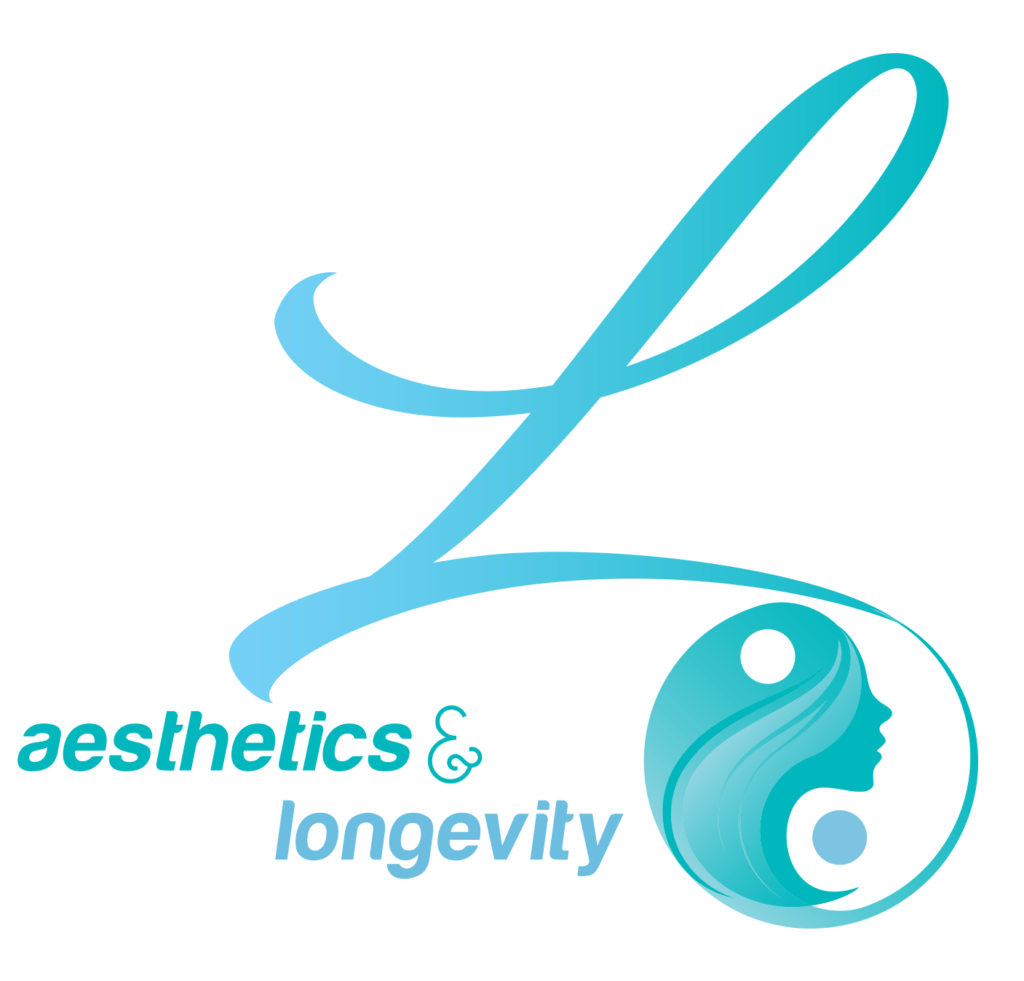Correcting saggy skin, wrinkles, and eye-bags used to require surgury. Face surgery is costly, dangerous, and sometimes ineffective. Thanks to recent technological advancements, however, tightening the saggy spots on your face and other areas can be done with modern lasers above the skin. No more surgeries! In fact, reducing skin laxity is a pretty fast and effective process. Results are almost instant!
 |
| Doc L performing Deep Laser Resurfacing around the mouth using the Sciton |
This is a procedure where a laser is used to vaporize off the top layers of the skin so that new, fresh, healthy skin cells can regrow. Deep laser resurfacing can be used to reach down into the dermis and is helpful to address more advanced signs of skin aging such as deeper wrinkles, extensive sun damage, scars, sunspots, uneven skin tone and texture, epidermal nevi, and actinic keratosis.
| Before Deep Ablative Laser Resurfacing |
Not only does deep laser resurfacing remove the outer layers of the skin thereby removing discoloration, scars, wrinkles etc., but it also stimulates the growth of new collagen which improves the skin’s thickness and resilience. The collagen remodeling and increased production continues for two to nine months after the procedure so continued Improvement will be seen.
What can you expect if you undergo this procedure?
First, you will need to be seen by your physician who will take a history and do an exam to see if you are an appropriate candidate for the procedure.
You will then be prescribed medications to take before, during, and after the procedure, including an antiviral medication to prevent you from having an outbreak of the herpes simplex virus. Often you will be prescribed an anti-anxiety medication that you can take immediately before the laser treatment and pain medications that you can take afterward.
 |
| After Deep Ablative Laser Resurfacing |
On the day of the procedure you will come into the office and remove your makeup. A topical anesthetic will be applied to the skin that is to be treated and you may also receive injections to further increase your comfort.
You will take the anti-anxiety medication if needed and when it is time for the treatment, the topical anesthetic will be removed and you will be placed comfortably on the procedure bed. You will wear metal goggles either over your eyelids to protect your eyes, or if your eyelids are being treated, you will have metal shields underneath your eyelids which look similar to thick metal contacts.
The procedure will be performed and dressings will be applied to the skin. You will need to keep the area covered in special products while your skin is healing.
You will be given specific instructions as to how to take care of the treated area and you will return frequently to the office over the next week or two to have your progress monitored and your skin assessed and dressed by a medical practitioner. It can take a week or two for your skin to heal and during this time you may have redness, swelling, itching, burning, and possibly oozing. Once the skin heals over you can then cover it with makeup as needed.
The new tissue will usually be quite red for a few weeks to a few months but should eventually go back to normal. It’s very important during the healing time and for the next few months after a deep laser procedure to protect your skin from the sun. This is a good procedure for someone who has a lot of wrinkles and sun damage and wants to improve the quality of their skin but does not want to go so far as to have a facelift. Even if someone chooses to have a facelift eventually, deep laser resurfacing is a good choice to stimulate the skin to become more healthy, thicker, less wrinkled, and ready for a more invasive procedure.
If you are interested in my personal experience with this aggressive modality, tune in next week for my blog entitled: “No, It’s OK, I wasn’t in a house fire.”
